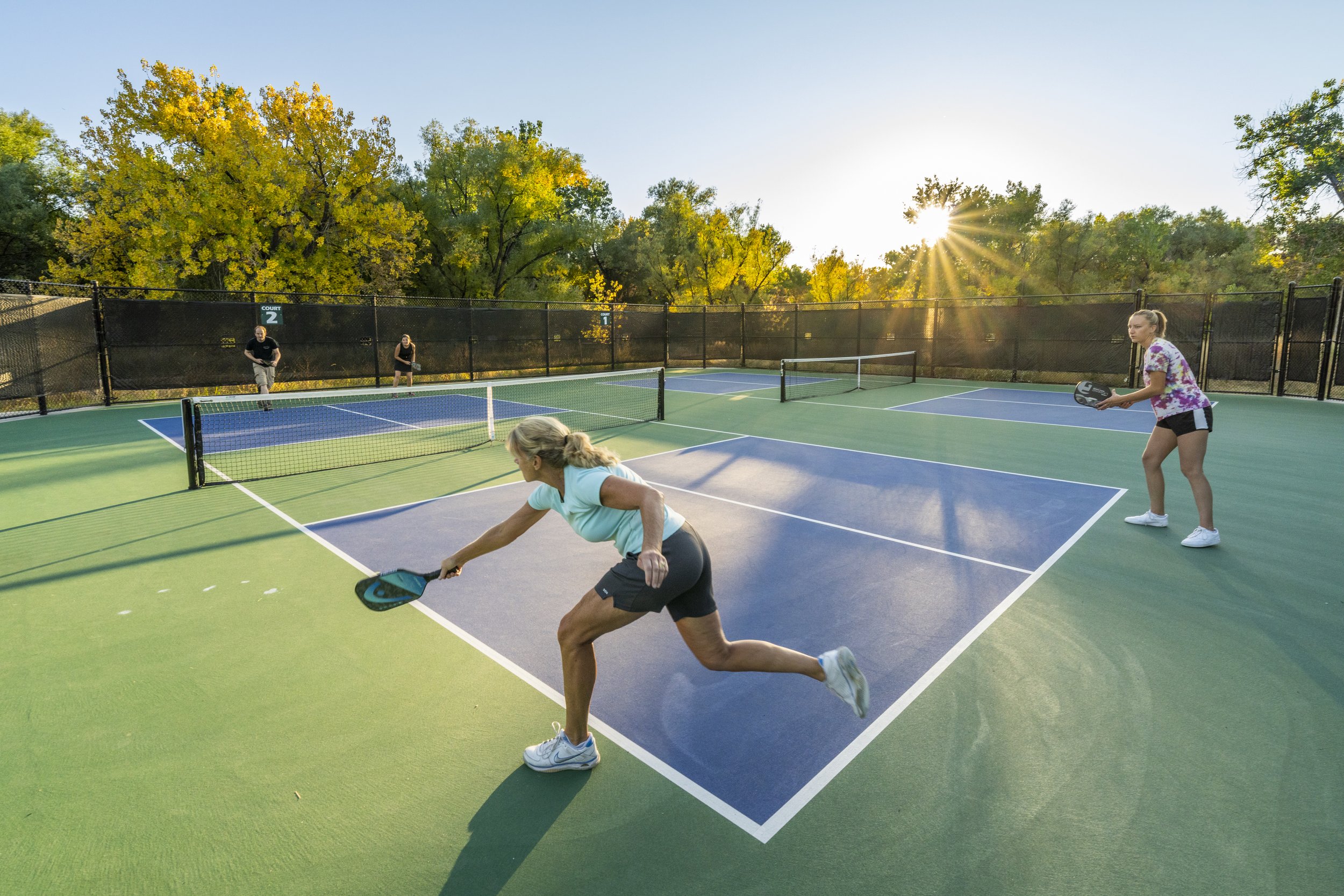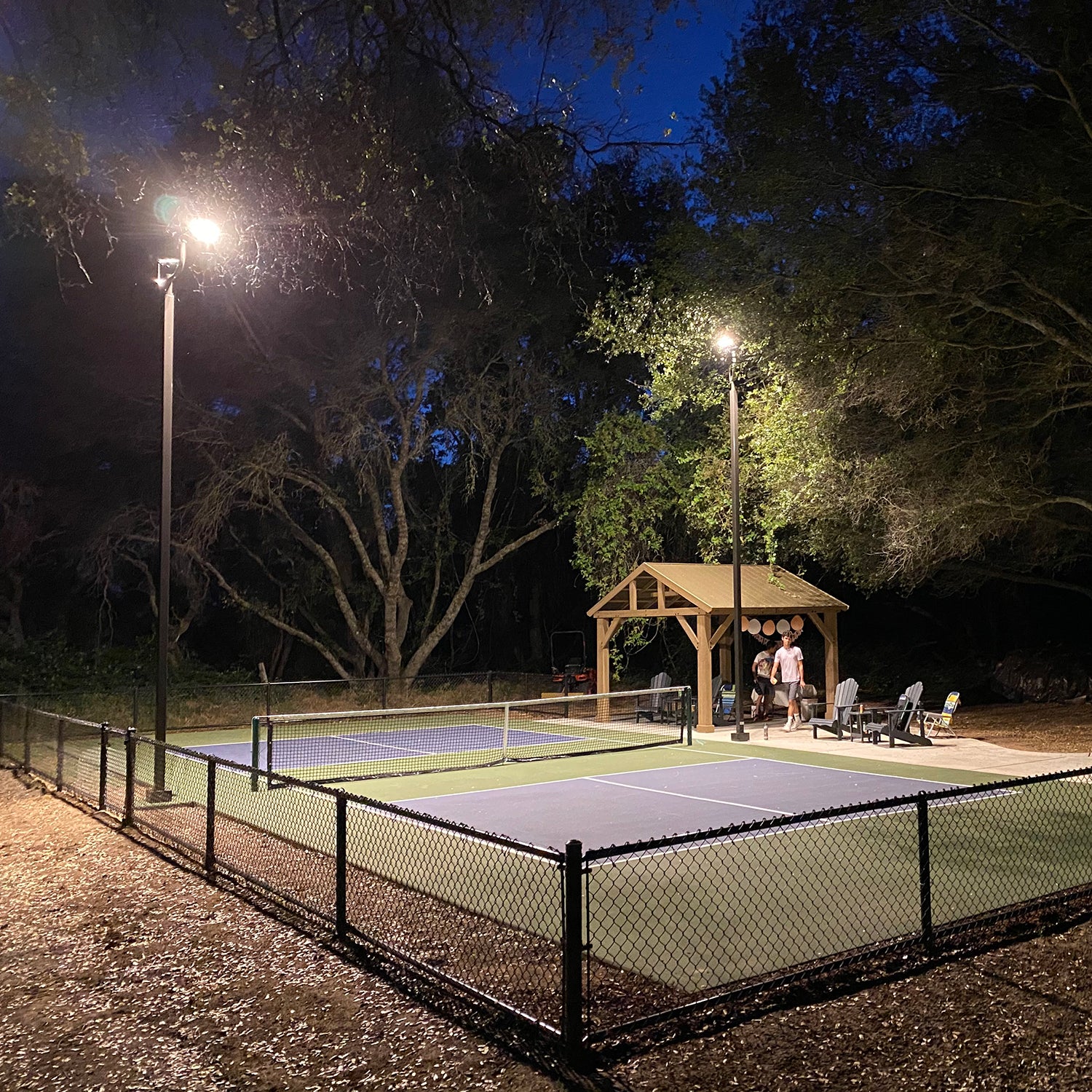Navigating Laws for Pickleball Court Construction in Your Location
Constructing a pickleball court in your location requires a nuanced understanding of various neighborhood policies, including zoning legislations, building authorizations, and security standards. Each municipality enforces details guidelines that can significantly affect the usefulness of your job. Engaging with local authorities and the area is critical for ensuring conformity and cultivating assistance. Navigating this regulatory landscape can be lengthy and complicated. What are the key actions you should think about to prevent prospective pitfalls and make certain a smooth building and construction procedure?
Comprehending Local Zoning Legislations
When considering the building and construction of a pickleball court, comprehending regional zoning legislations is vital to ensuring conformity and staying clear of possible lawful concerns. Zoning policies determine exactly how land can be used and commonly include requirements pertaining to entertainment centers. These legislations can differ dramatically by district, affecting variables such as court placement, illumination, dimension, and sound levels.
Before starting building and construction, it is vital to consult the regional zoning board or preparation department to determine the certain laws that relate to your residential or commercial property. Certain areas may limit recreational tasks, while others may need specific permits or adherence to certain standards. It is also important to take into consideration setbacks, which figure out just how far frameworks should be from residential property lines or other buildings.
In addition, exclusive advancements, such as property owner associations (HOAs), might impose their own regulations concerning the building and use pickleball courts. Understanding these laws can prevent costly alterations or litigation down the line. Involving with neighborhood stakeholders and neighborhood participants can give beneficial insights and foster assistance for your project, making sure that it aligns with the area's expectations and requirements.
Getting Necessary Structure Permits
Just how does one navigate the complexities of acquiring essential structure permits for a pickleball court? The procedure starts with comprehending local guidelines and requirements established forth by community authorities. Commonly, you will need to send a comprehensive site plan that describes the proposed court measurements, materials, and format. This plan must abide by zoning laws and any details regulations referring to recreational facilities.

Once permits are acquired, it is crucial to stick to any kind of evaluation schedules and requirements throughout the building phase. Preserving interaction with regional authorities will help with a smoother approval process and aid stay clear of possible troubles. By completely preparing and understanding the permitting landscape, you can effectively navigate the complexities entailed in constructing a pickleball court while continuing to be certified with all local laws.

Assessing Environmental Impact
A thorough evaluation of ecological influence is necessary when preparing the building and construction of a pickleball court. This examination helps determine potential effects on regional communities, water resources, and area aesthetics. Trick aspects to think about consist of website option-- ensuring that the court is not improved environmentally sensitive land, such as wetlands or environments for endangered species
Dirt stability and drainage patterns ought to be analyzed to avoid erosion and water merging, which could adversely affect surrounding plants and wildlife. In addition, the option of materials is vital; selecting eco-friendly and sustainable choices reduces environmental damage.
The implementation of efficient stormwater monitoring methods is an additional vital aspect, as you can try these out it aids reduce runoff and sedimentation. Engaging with regional environmental agencies can offer valuable understandings into regulations and best practices certain to your area.
Lastly, area input can be beneficial in understanding any kind of regional ecological worries and fostering support for the task. By conducting a thorough environmental effect evaluation, stakeholders can ensure that pickleball court construction lines up with sustainable methods and adds positively to the neighborhood's environmental health and wellness.
Following Security Requirements
Making sure compliance with safety and security requirements is critical for the effective building and procedure of a pickleball court. Sticking to established security policies reduces the risk of injuries and accidents, guaranteeing a protected environment for players.
Key safety criteria include correct court dimensions, surface products, and lighting demands. The court has to satisfy the official measurements of 20 feet wide by 44 feet long for increases play, with ideal barrier areas to stop injuries from errant rounds. Pickleball court construction. The surface area ought to be constructed from non-slip products to improve traction and lower the likelihood of drops
Additionally, lights has to suffice for night play, offering uniform illumination to stay clear of shadows that can prevent presence. Regional building ordinance might also dictate certain requirements for fence and web height to ensure player safety and stop unauthorized access to the court location.
Routine assessments and upkeep are essential to maintain these criteria over time. By focusing on safety compliance, court owners not only protect gamers but also foster a positive online reputation within the neighborhood. This dedication to safety can motivate higher participation and satisfaction of get more the sporting activity, eventually contributing to its development and sustainability.

Engaging the Area in Planning
Neighborhood participation in the preparation stages of pickleball court building can dramatically enhance the job's overall success. Involving regional citizens and stakeholders cultivates a sense of possession and urges joint decision-making, which can lead to broader assistance for the initiative.
To efficiently include the area, organizers must launch public conferences or workshops, offering a system for citizens to voice their opinions and preferences concerning location, design, and features. Studies and comments types can also be used to collect insights from a larger target market, making certain that diverse point of views are considered.
Additionally, forming a neighborhood advisory board can assist in continuous conversations and address problems throughout the planning process. This board can include agents from various demographics, such as local schools, leisure companies, and neighborhood watch, consequently magnifying neighborhood representation.
Reliable communication is essential; updates concerning the job need to be frequently shared using e-newsletters, social media sites, or regional bulletins. By focusing on area engagement, coordinators can cultivate excitement, minimize possible resistance, and create a pickleball center that truly resonates with regional values and needs. This collaborative technique not just enhances the task however additionally strengthens area ties.
Verdict
Finally, navigating the complexities of pickleball court building necessitates an extensive understanding of regional guidelines, including zoning legislations, structure licenses, and safety and security criteria. Conducting environmental evaluations is vital to reduce eco-friendly effect, while community interaction can improve support for such tasks. By adhering to these guidelines and cultivating cooperation, successful execution of pickleball courts can be accomplished, advertising leisure chances and community well-being. Proceeded persistance in these locations will guarantee certified and lasting development.
Constructing a pickleball court in your location calls for a nuanced understanding of different local laws, including zoning laws, building licenses, and safety and security requirements.When considering the construction of a pickleball court, understanding local zoning laws is crucial to guaranteeing compliance and preventing potential legal problems. By completely preparing and comprehending the permitting landscape, you can successfully browse the complexities included in constructing a pickleball court while continuing to be compliant with all local policies.
In final thought, navigating the intricacies of pickleball court building necessitates an extensive understanding of regional laws, including zoning laws, structure authorizations, and safety hop over to here and security requirements. By adhering to these guidelines and fostering partnership, successful implementation of pickleball courts can be achieved, promoting leisure chances and neighborhood wellness.